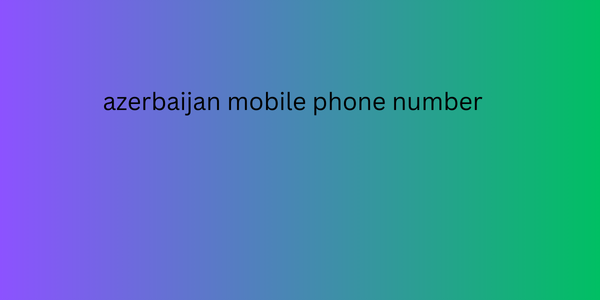1. Easy-to-use drag-and-drop interface
One of the appeals of visual programming tools is their easy-to-use drag-and-drop interface. This interface allows users to seamlessly select, move, and connect graphical elements to build applications, eliminating the need to manually type every line of code, reducing the chances of syntax errors, and making the development process more visual and understandable.
2. Visual representation of logic
These tools make belgium mobile phone number it easier for developers to create complex workflow and data flow concepts by providing a visual representation of logic. Users can see how input and output are processed, allowing them to better understand the underlying process without having to delve into lengthy chunks of code.
3. Predefined components and templates
Visual programming environments often come with a set of pre-defined components and templates that can greatly speed up the development process. These components serve as building blocks that can be customized and configured to meet the specific needs of a project. Templates, on the other hand, provide a starting framework, saving you time and effort in designing your application.

4. Real-time feedback
Real-time feedback is another powerful feature of visual programming tools. As developers build and modify visual models, they can immediately see the effects of their changes. This immediate feedback loop helps users learn quickly and ensure that the design is working as expected, resulting in faster bug fixes and a smoother development experience.
5. Smooth integration capability
Many visual programming tools offer seamless integration with other software and services, allowing users to connect their applications to external systems through APIs and other data exchange formats. This integration capability extends the usability of the application and allows users to leverage existing resources without having to develop from scratch.
